Art Focus - The First Quarter 2025
If we had to choose five words to chart a direction for 2025, they would be: Scaling, Uncertainty, Resilience, Rebalancing and Confidence. London auctions this spring confirmed this trend: if 2024 was the year of reflection, 2025 could be the one of a conscious restart. Below you will find an analysis, data and reflections to help you understand current dynamics and future prospects.
ART & FINANCE
Charlotte Madeleine CASTELLI
6/10/20252 min read


The first four months of 2025 mark a complex adjustment period for the contemporary art market, in which there are signs of consolidation in the top-tier segments, a tangible contraction in the mid-range and a profound rethinking of the criteria for attributing artistic value. Preliminary data published by Art Basel and UBS report a modest increase of 2.4% in global sales volume compared to the same period in 2024, but with a clear tendency towards polarization: 38% of global turnover was generated by works sold above one million dollars, while the intermediate segment, between 30,000 and 200,000 euros, suffered a contraction of 7.1%, a sign of increasing selectivity on the part of collectors. In this scenario, it is no longer visibility or simple commercial strength that determines the relevance of an artist, but rather their ability to articulate a coherent and recognizable language, supported by a solid curatorial project and a well-orchestrated institutional presence. The paths of Cristina BanBan and Emily Mae Smith are emblematic examples of this: the former has consolidated its position thanks to an intelligent synergy between galleries of international scope, exhibitions in museums and strategic commissions, while the latter continues to build a symbolic imagery deeply identitarian, amplifying the value of his works through a well-defined mitopoietic narrative. Asian collectors, particularly in the Seoul and Singapore poles, confirm their centrality with a 9.8% increase in transactions declared under FIY (First-time Young collectors), while in Europe there is growing interest in cultural projects in abandoned or extra-metropolitan industrial contexts, as demonstrated by the project "Echoes of Industry" developed by the Future Museum in Maastricht: a paradigmatic example of how art can generate new symbolic and economic value through participatory devices, archival valorization and interdisciplinary dialogue. At the same time, despite the rise of digital practices and AI-based generative art, the material languages - painting, sculpture, ceramics - maintain a stable position with a share of 41% of total sales, according to the report by Artnet Intelligence, Confirmation of a return not nostalgic but critical to the manual and matter, understood as vehicle of memory, resistance and symbolic proximity. In this context, the figure of the curator assumes an increasingly central role in defining the critical, narrative and sense conditions of the work: the curatorship becomes a real device for producing value, able to influence institutionalization paths and market strategies, even more than the tunnel or dealer. The coherence of the project, the integration into collective narratives and the ability to activate relational contexts become decisive elements in the artist’s symbolic hold. Overall, the market is moving towards a less reactive and more structural model, in which art is read as an epistemological medium and not only as an aesthetic asset: a device for interpreting the present, able to generate value in the long term through critical depth, cultural resonance and curatorial architecture. In this direction, pure speculative logic gives way to a form of hybrid cultural investment, where symbolic and financial capital overlap but do not coincide, drawing an ecosystem that privileges design intelligence to mere exposure.
© 2025 Charlotte Madeleine Castelli. All rights reserved.
